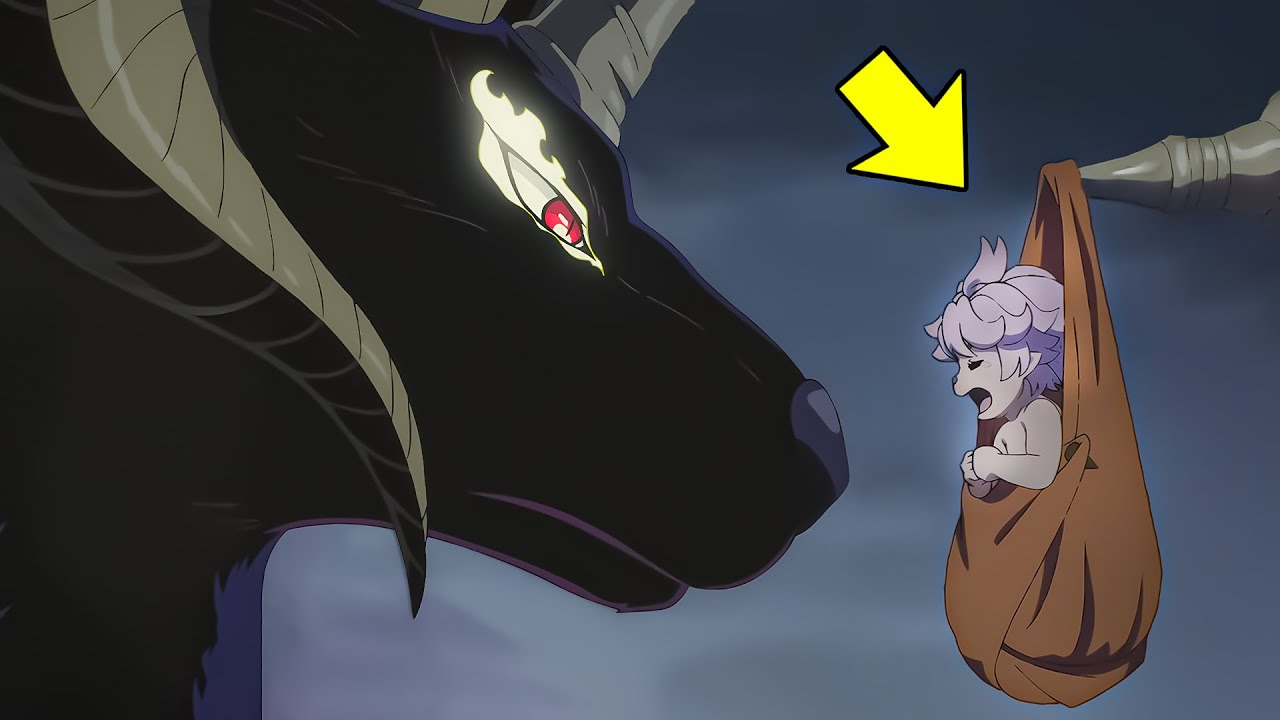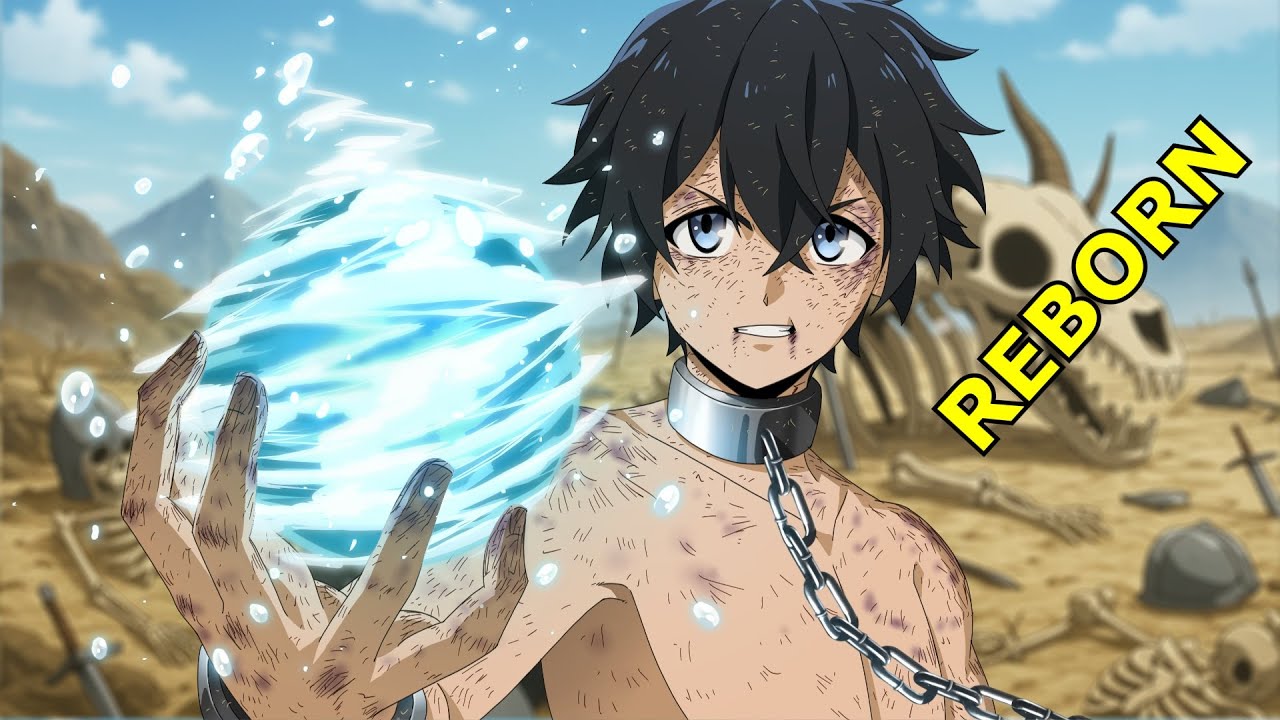This time, Jinta went to Natsu’s father, who offered him a new mission involving a demon named Ukio. She had been drawn by a painter, and when the painter sold her pictures, he became bedridden from exhaustion. Natsu’s father asked Jinta to eliminate her, promising a large reward. A comic book store owner had informed him about the situation.
Jinta thought Ukio seemed ordinary but noted that appearances can be deceiving—she might be a freak of nature who only manifests under specific conditions. He then went to Sedan’s restaurant and asked Ofuu to bring him cake soba. Suddenly, Zenji appeared, wanting to talk about Ukio and showed Jinta a picture of her again. He said the comic store owner who had the picture had died mysteriously and was believed to be cursed. The picture had torn because it fell while Zenji was carrying it, which angered Sedan—he didn’t want cursed objects in his restaurant.
Jinta then showed them another picture of the same demon, which he got from Natsu’s father. It was identical. They were surprised by how widely the image had spread and how recent it seemed—less than a year old, judging by the vivid colors. They decided to find the artist by questioning the comic book seller in Ten Macho. Zenji agreed to help, possibly out of gratitude, since Jinta had taken care of Natsu in the past.
They found the picture seller, and Zenji learned where the artist lived. He informed Jinta, who then visited the artist’s home. The artist, named Saga, was bedridden but welcomed Jinta warmly, calling him polite. His room was filled with drawing tools, making Jinta wonder why he’d stopped drawing. Saga explained that it was due to old age, not a curse. When Jinta showed him the picture of Ukio, Saga immediately recognized it—he had drawn her himself.
Jinta was investigating the picture’s origins. Saga explained that the painting had nothing to do with the path of hell, Ido. A man named Modura had named the woman in the picture Kazandaka. Upon hearing that name, Jinta was stunned. He looked at his sword and remembered that Modura had saved him and his sister in the forest. Back then, Modura was defending a village while wounded and felt useless, unable to protect the woman he loved or defeat the demon attacking them. He had no choice but to protect her and was unhappy about it. But over time, even the most resolved hearts change. He advised Jinta to appreciate his own pain and protect Suzune and Shereai.
Returning to the present, Jinta wanted to know more about Modura, his foster father. But one couldn’t talk about Modura without mentioning Ukio. In the past, when Saga was young and inexperienced, he met a beautiful woman who refused to give her name but told him she’d be under his care. They lived together, and Saga began to draw. Modura came to deliver a message to the woman and was frustrated at being reduced to a courier, despite being a skilled swordsman.
Back in the present, Saga told Jinta he used to visit Ido every year and often complained about it. He said the original picture of the beautiful woman was indeed drawn by him while she lived with him. However, the copies in circulation now were woodprints from a newer draft he created. Despite its beauty, it wasn’t just a portrait of a woman—it was a portrait of a demon. Jinta noticed that the sword in her hands seemed to belong to Modura, which impressed Saga.
Saga didn’t want to tell Jinta the full story to avoid upsetting him. He recalled how Modura, despite often complaining about the woman, had deep feelings for her. Saga never saw her himself but was told she came from Shinano, fled to Kadono, and then to Ido. This confirmed the connection between the woman and the picture. Jinta was shocked to realize she was the same woman Modura once loved. They had jokingly called her “a picture of a demon” to tease her, but the painting carried deep, possibly cursed, emotions.
Saga sometimes wondered if he could be punished for selling the painting, though he believed the misfortunes were coincidences. Still, Modura had many demands during the painting’s creation, wanting it to be perfect. Seeing the woman had even reminded Saga of a princess, although she and the woman were the same person. For Modura, the feelings were intense and obsessive. The girl had once said something similar, and Modura told Jinta this long ago. She was from Sua in Shinano.
Saga remembered how, after completing the painting, Modura wanted to name it Yasaka, in honor of the girl from Shinano, but changed his mind due to her beauty and instead chose Kazandaka. He then told Jinta that Kazandaka was Teay from start to finish. Modura had intense feelings for her—what some might call cursed love. Saga admired how well Jinta handled the story emotionally. He gave Jinta the original picture, which was slightly stained but still intact, and asked him not to hate Modura. Though foolish, Modura deeply cared for his family. After having a daughter and meeting Jinta and Suzune, he never returned to Ido.
Jinta recalled when Modura had taken him in and taught him important life lessons. Back at Sedan’s restaurant, food was served, but Jinta seemed off. They realized that something had changed in him after visiting Saga—he had seen a side of his father he never knew. But that’s normal for fathers: they panic, they worry, and they have flaws. Still, they remain fathers.
Later, at Natsu’s father’s home, Jinta reported that the picture had no real link to demons, and the man’s death was just coincidence. Everything appeared normal. No unusual or dangerous events had occurred. Natsu’s father thanked Jinta and invited him to eat. They poured drinks for each other and shared a moment. Natsu’s father admitted he drank often to escape his responsibilities, and Jinta, who also loved to drink under the moonlight, asked if they could share another drink sometime.



